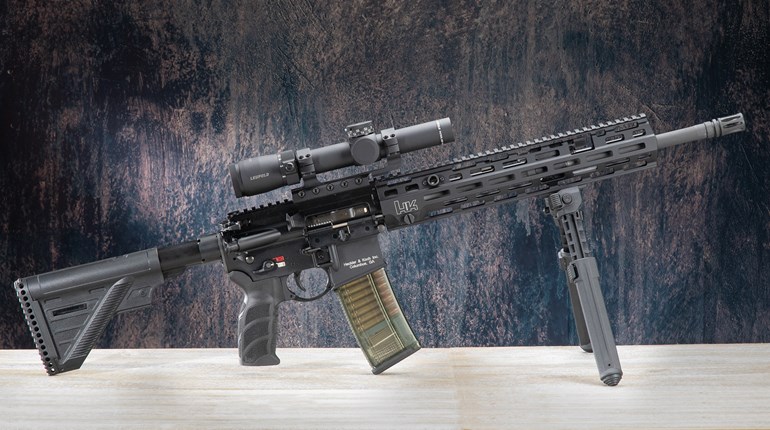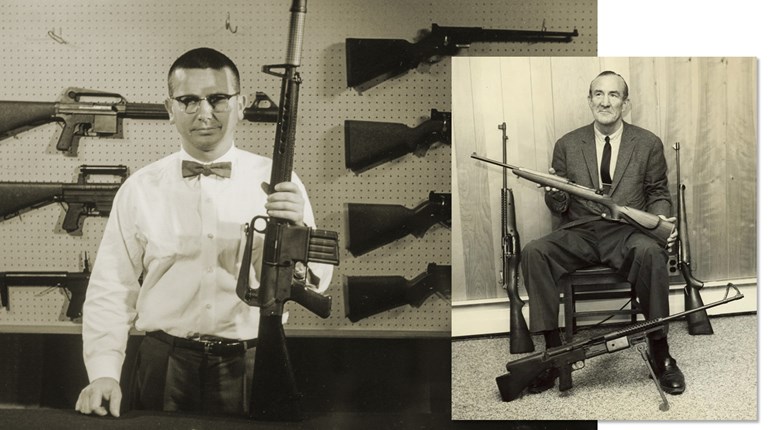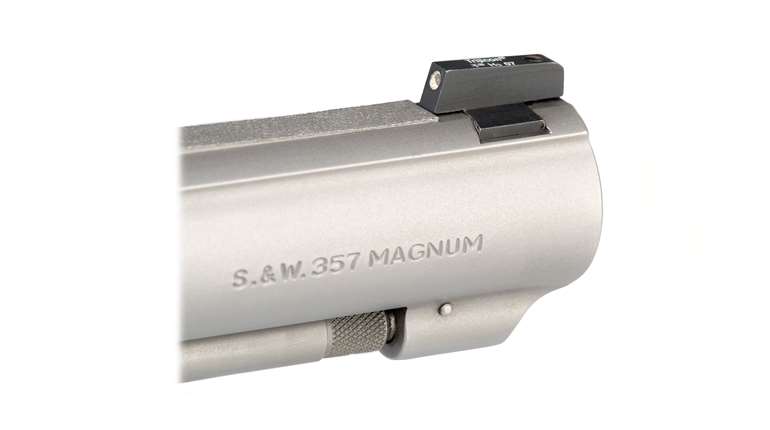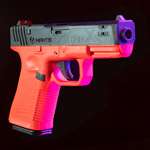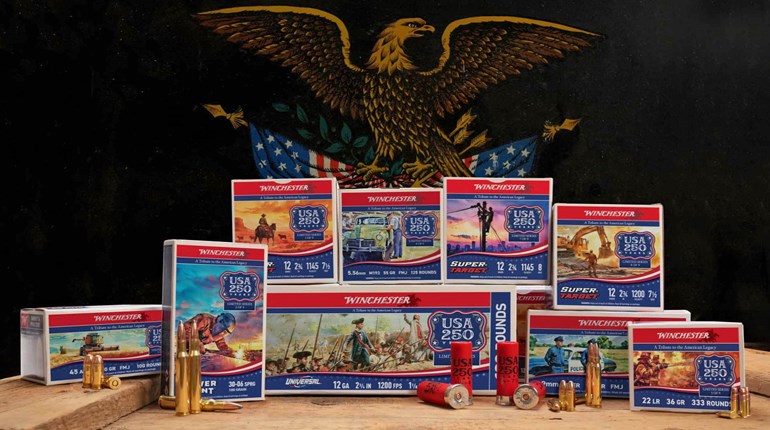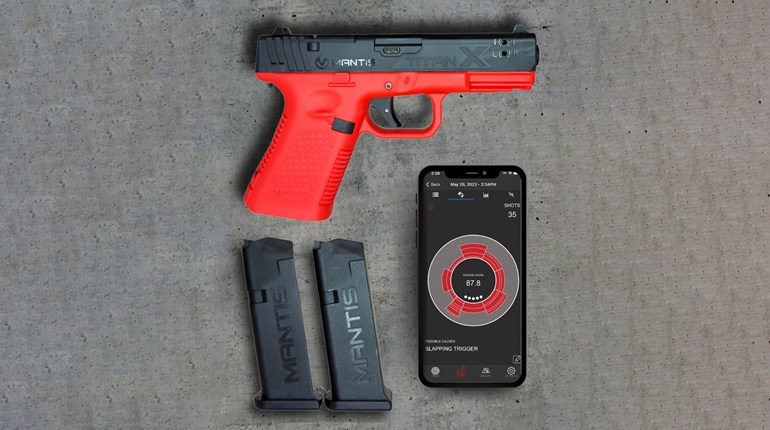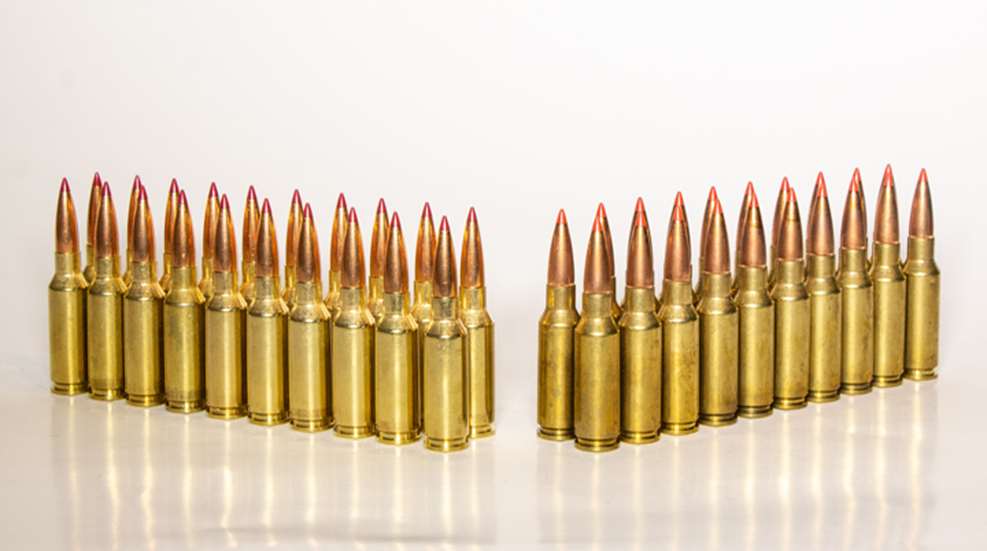
For the last two decades shooters have been searching for a cartridge that is compatible with the AR-15 platform, but that will outperform the .223 Remington/5.56 NATO at distance by shooting flatter and delivering more power. Because of this demand we have seen the introduction of a variety of cartridges like the 6.8 SPC, 22 Nosler, .224 Valkyrie, .30 Remington AR, and the .300 HAMR. The most recent new cartridge for the AR-15 is the 6 mm ARC.
It is an exciting cartridge for sure, but does it have a lot more to offer than another cartridge AR-15 lovers have been following in a somewhat cult-like fashion since 2003? That cartridge, which was originated by Alexander Arms and was approved by SAAMI (Sporting Arms and Ammunition Manufacturer’s Institute) in 2011, is the 6.5 Grendel.
Comparatively speaking, the 6 mm ARC and the 6.5 Grendel are very similar. Both cartridge cases are based on the .220 Russian, and their bullet diameters are only 0.021-inch apart. Given these similarities, you would think a comparison between these two cartridges would be similar to a comparison between a .243 (6 mm) Winchester and the .260 (6.5 mm) Remington. After all, these two cartridges are based on the same parent case as well. The problem is that Hornady, which developed the 6 mm ARC, made a slight alteration to the case length so that it would be compatible with very long 6 mm bullets that have a high BC.
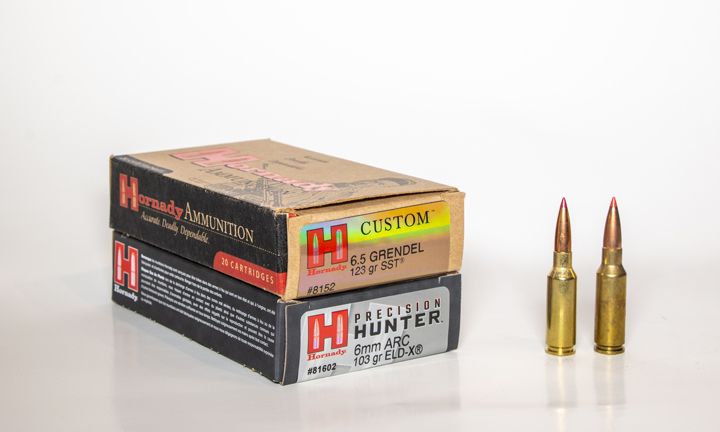
I know what you are thinking—6.5 mm bullets are notorious for their high ballistic coefficients. However, given the limited over-all cartridge length mandated by an AR-15 magazine, those ultra-high BC 6.5 mm bullets cannot be used with the 6.5 Grendel. A G1 BC of 0.506 is high for a bullet that will work in a 6.5 Grendel. As a comparison, bullets with BCs in excess of 0.600 are common in cartridges like the 6.5 Creedmoor and PRC.
On the other hand, due to the slightly shorter case and slightly smaller diameter of the bullet, with the 6 mm ARC bullets with a BC as high as .536 can be used. Given that the two cartridges hold almost exactly the same amount of powder, this gives the down-range advantage to the 6 mm ARC. If you compare the best performing 6 mm ARC and 6.5 Grendel loads, the 6 mm ARC bullet will arrive at 1,200 yards almost a full quarter-second before the 6.5 Grendel bullet gets there.
So, if you are looking for the best long-range performance from an AR-15, the 6 mm ARC is clearly a better choice because it can do a better job of defying gravity and wind. However, unless the only thing you are going to do is shoot at targets—steel or paper—out at around 1,000 yards, there’s another consideration.
It’s ammunition availability and options. As of now, there are only three commercial 6 mm ARC loads. They’re great loads, but we all know how finicky rifles can be; what if your rifle does not like this ammunition? Or, just as importantly, what if you want a bullet for a specific purpose and feel none of the three 6 mm ARC bullets are ideal? Well, you could load your own, but to keep things simple let’s focus on factory ammunition because you may not want to handload. Currently, MidwayUSA lists 16 different loads for the 6.5 Grendel. Not only are some of these loads specifically engineered for hunting or anti-personnel applications, you can purchase range ammo for as little as about $1.04 per round. The least expensive 6 mm ARC load cost about 25 percent more.
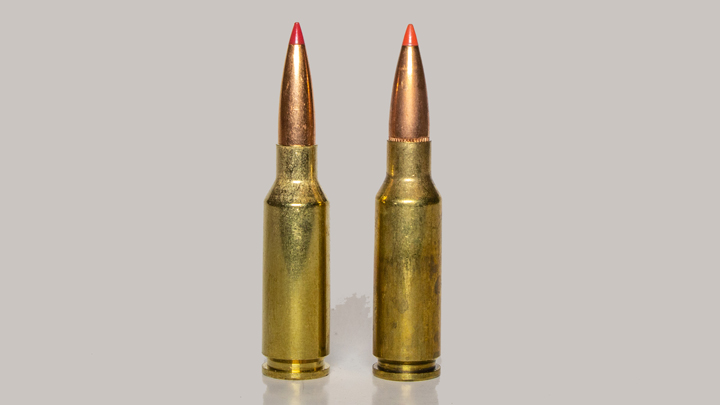
Granted, it’s likely that we will soon see more ammunition options for the 6 mm ARC, but given the current ammunition situation in the U.S., expect that to take some time; manufactures are having a hard time meeting the demand for what they currently offer. One could also argue that we will also see new loads for the 6.5 Grendel. Again, if you’re a handloader, this all might be a moot point.
So, which cartridge should you get? If you already or plan to get really serious about shooting anything at extreme distance, the 6 mm ARC is clearly the better option, and, you probably will handload. Regardless the new loads might come down the pike for the 6.5 Grendel, they will never be able to compete with the 6 mm ARC at really long range.
On the other hand, if you’re looking for a general purpose AR-15 for home defense, competition, hunting, or recreational shooting at great distances, the 6.5 Grendel is probably a better option, if for no other reason than the wide selection of ammunition available. And, hey, if you got the green, buy an upper for both; you can do that with an AR-15.
Either way, consider yourself fortunate to have these options to consider. About two decades ago you really only had one choice when it came to a cartridge for your AR-15.










